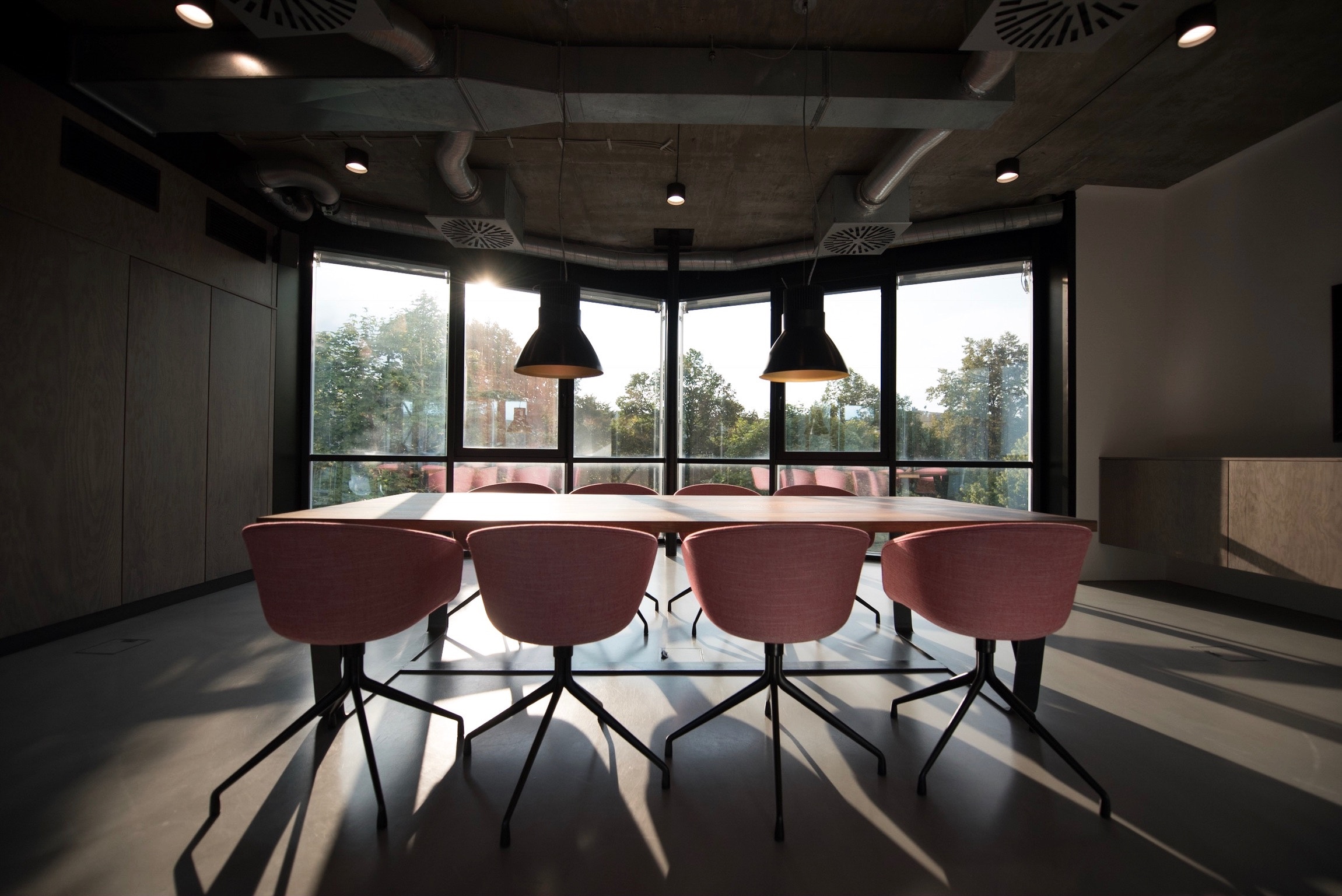A recent study by the University of Exeter found that productivity can increase by up to 15% when workplaces are enriched with just a few houseplants. In another survey conducted by Human Spaces, 58% of workers reported having no natural elements in their work environment — and those who did reported 15% higher wellbeing and 6% higher productivity. These numbers highlight a growing realization: office plants are more than decorative accents — they’re a powerful tool for improving the work environment.
Whether it’s a desk cactus or a living wall in a shared space, the presence of greenery has been shown to benefit air quality, reduce stress, boost focus, and even improve creativity. As more companies prioritize employee well-being, incorporating plants into the workspace is becoming a smart, cost-effective way to support health, happiness, and performance.
Improving Air Quality and Reducing Toxins
One of the most well-documented benefits of indoor plants is their ability to improve air quality. In a closed office environment, pollutants from plastics, cleaning products, office furniture, and electronics can build up and affect the health of employees. Common indoor plants like spider plants, pothos, and rubber plants can absorb airborne toxins such as formaldehyde, benzene, and carbon monoxide.
NASA’s Clean Air Study famously found that certain houseplants can act as natural air purifiers. Though the effect is more pronounced in smaller or sealed environments, having multiple plants in an office can still contribute to cleaner, more breathable air — particularly helpful in offices with poor ventilation or lots of synthetic materials.
Boosting Mood and Reducing Stress
A greener office is often a happier one. Numerous studies suggest that the presence of plants in the workplace can reduce stress, increase job satisfaction, and even lower blood pressure. In environments that are typically sterile or overly structured, a bit of natural greenery can soften the atmosphere and make the space feel more welcoming.
This connection to nature, even on a small scale, taps into a psychological principle known as “biophilia” — the innate human tendency to seek connection with nature. Just being around plants can produce a calming effect, helping to counterbalance the pressures of deadlines, meetings, and screen fatigue.
Enhancing Focus and Productivity
It’s not just mood that gets a lift — cognitive performance does too. Research from the University of Exeter found that adding plants to an otherwise sparse office increased productivity by up to 15%. When employees have a visually stimulating and pleasant environment, they’re more likely to stay focused and engaged.
Office plants can also help reduce mental fatigue. Much like taking a walk in a park can refresh the mind, looking at greenery during a short break can help reset attention spans and improve concentration when employees return to their tasks.
Choosing the Right Greenery and Planters
Selecting the right plants is only half the equation — presentation matters too. The type of planter can influence both the visual appeal and the health of the plant. Offices can opt for sleek ceramic pots, modern metal containers, or eco-friendly recycled options, depending on their aesthetic and budget. If you’re wondering where to buy planters, many home improvement stores, garden centers, and online retailers offer a wide range of styles. Some companies even specialize in planters designed specifically for indoor office use, combining form and function to suit professional spaces.
Reducing Noise and Enhancing Privacy
In open-plan offices where noise can be a major distraction, plants provide an added benefit: sound absorption. Large leafy plants like monstera or rubber trees can dampen ambient noise, especially when placed strategically around desks or in corners. While they won’t eliminate all sound distractions, they help create quieter zones that can make a big difference in acoustically challenging environments.
Additionally, tall or grouped plants can act as subtle privacy dividers in shared workspaces. This can foster a sense of personal space and reduce visual distractions, which may improve comfort and focus throughout the day.
Supporting Creativity and Innovation
A creatively designed office — one that includes natural elements — can inspire more than just productivity. It can enhance creativity and innovation. The presence of plants can encourage employees to think outside the box, promote a positive mindset, and support problem-solving. Employees tend to feel more connected to their environment when it’s dynamic and alive, rather than bland or overly corporate.
For companies that thrive on innovation, investing in a visually engaging office that includes green elements could offer more value than traditional corporate design choices.
Conclusion
Office plants do far more than beautify a space — they contribute to a healthier, more engaging, and productive work environment. From reducing stress and noise to enhancing air quality and creativity, the benefits of greenery in the office are both practical and psychological. In an era when companies are focusing more than ever on employee wellbeing, adding a touch of nature to the workspace is a simple, cost-effective step with a big impact. Whether you manage a corporate office or work from home, incorporating a bit of green into your environment could be one of your smartest upgrades.



